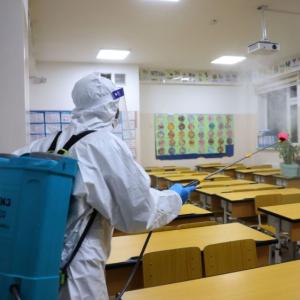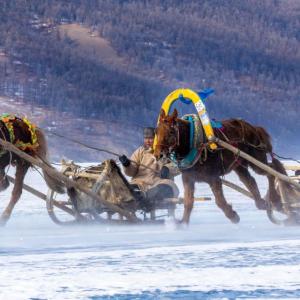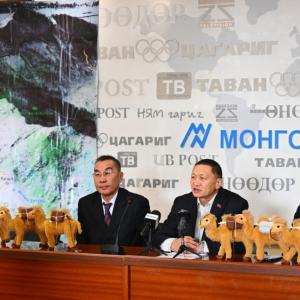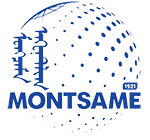Rare Altai Mole Discovered in Khoridol Saridag Strictly Protected Area
Environment
Ulaanbaatar, November 12, 2025 /MONTSAME/. A ranger in the Khoridol Saridag Strictly Protected Area has discovered a dead Altai mole (Talpa altaica) on the snow, an endangered species with an unclear distribution range.
Although the Altai mole or Siberian
mole (known as altaichtsuulin in Mongolian) is listed in the Red Book of
Mongolia, it remains largely unstudied. According to Tumursukh Jal, Director of
the Administration of the Ulaan Taiga Specially Protected Area, the species
lives underground, feeds on earthworms within dark soil layers, and is extremely
rare and seldom seen.
The Altai mole measures up to 190 mm in length, with a tail about 34 mm long. It has a compact, slightly elongated body, a short neck, and a long, pointed snout. Adapted for digging, its limbs are short, with the front legs stronger and the palms turned outward. The animal has eyelids that can blink, and its eyes are nearly hidden within its fur. It lacks external ear lobes. Its fur is soft, silky, and glossy, with shades ranging from gray brown to bluish gray, marked with faint brown spots.
The species is known to
inhabit a limited area in northwestern Mongolia — from Tsagaan Shuvuut Mountain
in the Mongol Altai eastward to the Tannu Range foothills, including the upper
Tes River basin, Ulaan Taiga, Darkhad Valley, the northern mountains of Lake Khuvsgul,
and the headwaters of the Uur River.
Studies suggest that it lives in moist, humus-rich, soft soils of forested areas and river valleys, extending up to 3,500 meters from rivers and streams.
According to the International Union for Conservation of Nature (IUCN), no population data are available for the Altai mole, but the species is known to have a restricted range in Mongolia. It occurs within several protected areas, covering approximately 16 percent of its range in the country.
While its global IUCN Red List status is "Least Concern," its status within Mongolia is more precarious. Altai mole was listed as Rare in the 1997 Mongolian Red Book and as endangered in 2006, due to a believed decline of more than 50 percent between 1996 and 2011, driven by exploitation, habitat loss, and human disturbance.

 Ulaanbaatar
Ulaanbaatar













































































